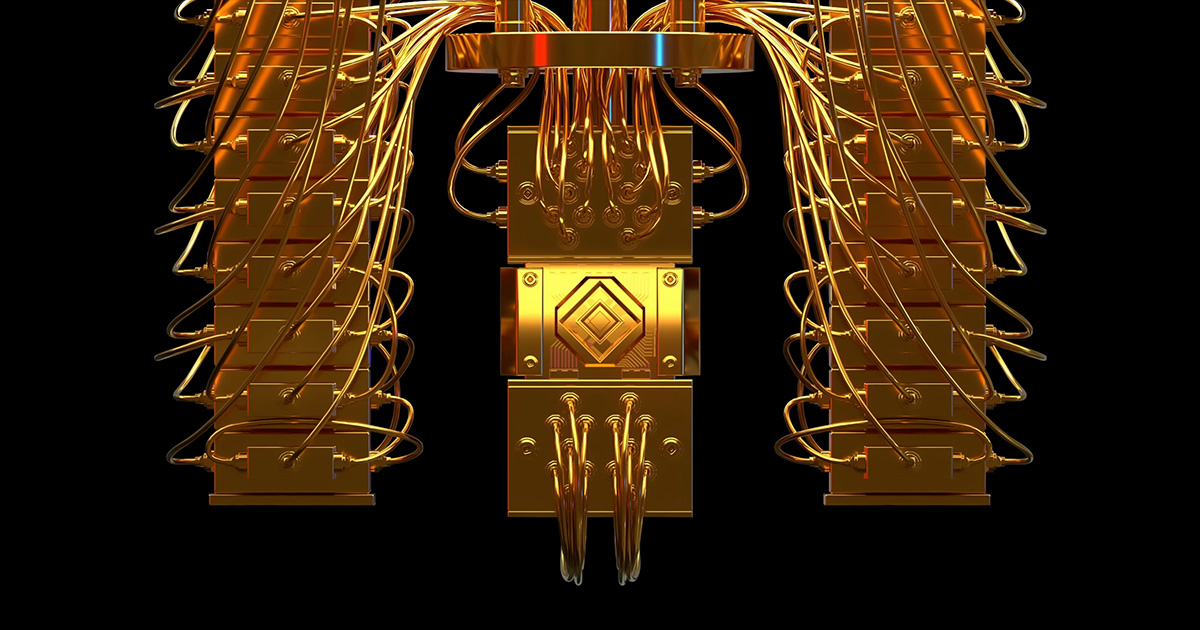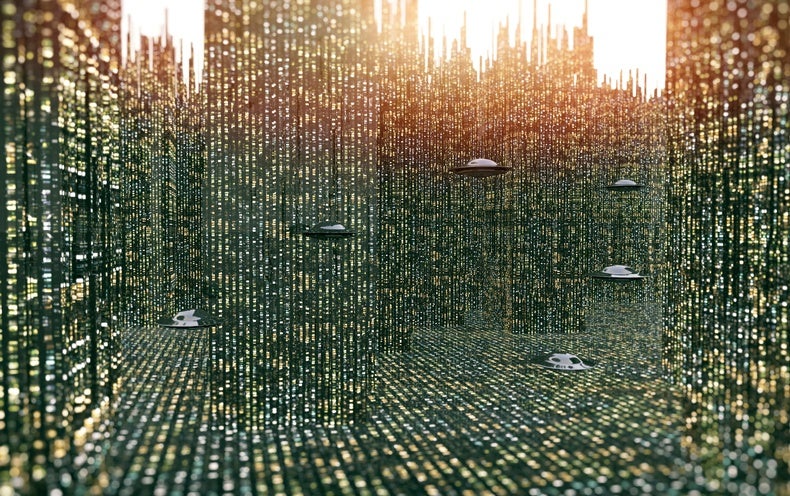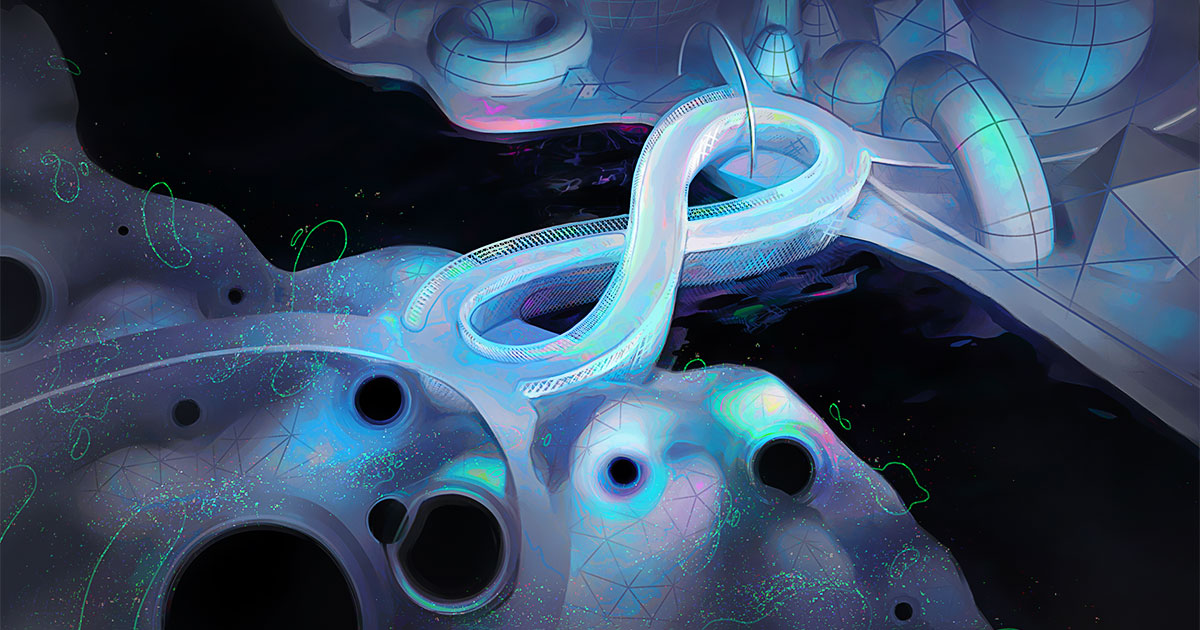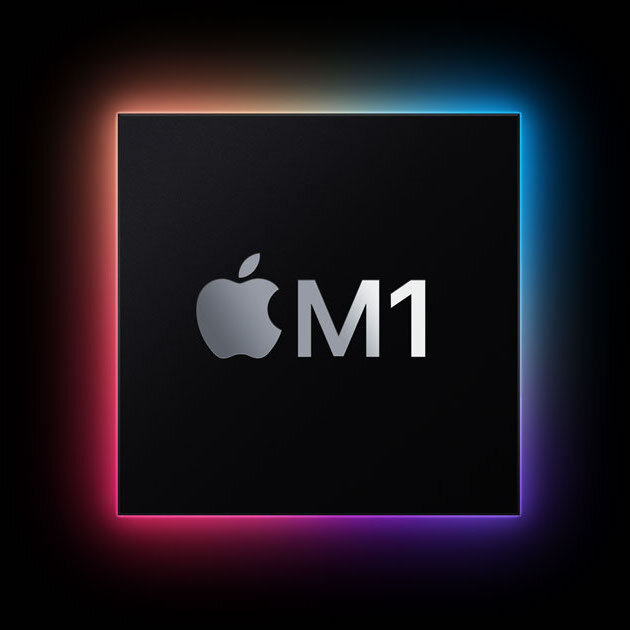Quantum computers, you might have heard, are magical uber-machines that will soon cure cancer and global warming by trying all possible answers in different parallel universes. For 15 years, on my blog and elsewhere, I’ve railed against this cartoonish vision, trying to explain what I see as the subtler but ironically even more fascinating truth.… Continue reading What Makes Quantum Computing So Hard to Explain?
Tag: Quantum Stuff
Do You Want AI to Be Conscious? – Issue 102: Hidden Truths
People often ask me whether human-level artificial intelligence will eventually become conscious. My response is: Do you want it to be conscious? I think it is largely up to us whether our machines will wake up. That may sound presumptuous. The mechanisms of consciousness—the reasons we have a vivid and direct experience of the world… Continue reading Do You Want AI to Be Conscious? – Issue 102: Hidden Truths
DNA Jumps Between Animal Species. No One Knows How Often.
To survive in the frigid ocean waters around the Arctic and Antarctica, marine life evolved many defenses against the lethal cold. One common adaptation is the ability to make antifreezing proteins (AFPs) that prevent ice crystals from growing in blood, tissues and cells. It’s a solution that has evolved repeatedly and independently, not just in… Continue reading DNA Jumps Between Animal Species. No One Knows How Often.
Invasive Species Can Sometimes Help an Ecosystem
When animals go extinct, their functions in an ecosystem can be lost, oftentimes leading to the extinction of other species that depend on those functions. Can nonnative species, which are often regarded as invasive pests by conservationists, fill the roles left vacant by extinctions? This question is easy to ponder in the Hawaiian Islands, which… Continue reading Invasive Species Can Sometimes Help an Ecosystem
Manipulating single atoms with an electron beam — Mostly Physics
Most of the data for the initial version of the manuscript was collected already in July, 2017, but sat for a while on my hard drive before writing them up. The first version of the results was posted on the physics preprint archive arXiv right before Christmas on December 23, 2017 (https://arxiv.org/abs/1712.08755v1). In that initial manuscript, most… Continue reading Manipulating single atoms with an electron beam — Mostly Physics
Searching for City Lights on Other Planets
About a decade ago, I attended a conference inaugurating the campus of New York University in Abu Dhabi along with a colleague from Princeton University, Ed Turner. The conference included a tour through the neighborhood, during which the local guide bragged that their city lights can be seen all the way from the moon. Ed… Continue reading Searching for City Lights on Other Planets
Data Crunchers to the Rescue – Issue 102: Hidden Truths
The boy was only a month old but had developed the amount of health problems that other people don’t acquire in a lifetime. He was constantly suffering from bacterial infections, battling unexplained inflammation, not gaining weight, and—scariest of all—having bloody diarrhea, a puzzling symptom that made some doctors think he had a pediatric version of… Continue reading Data Crunchers to the Rescue – Issue 102: Hidden Truths
The Mystery at the Heart of Physics That Only Math Can Solve
Over the past century, quantum field theory has proved to be the single most sweeping and successful physical theory ever invented. It is an umbrella term that encompasses many specific quantum field theories — the way “shape” covers specific examples like the square and the circle. The most prominent of these theories is known as… Continue reading The Mystery at the Heart of Physics That Only Math Can Solve
Native Python scientific computing on the Apple Silicon M1 MacBook Pro. — Mostly Physics
(Update 13.2.2021: changed installation instructions to ASE and GPAW development versions from Git.Update 17.2.2021: added benchmark for real DFT runs with GPAW.Update 12.4.2021: added missing PAW setup installation instructions.) I’ve long been an Apple enthusiast, and greatly enjoy the combination of a sleek, modern GUI and extensive software support, coupled with a true terminal environment… Continue reading Native Python scientific computing on the Apple Silicon M1 MacBook Pro. — Mostly Physics








